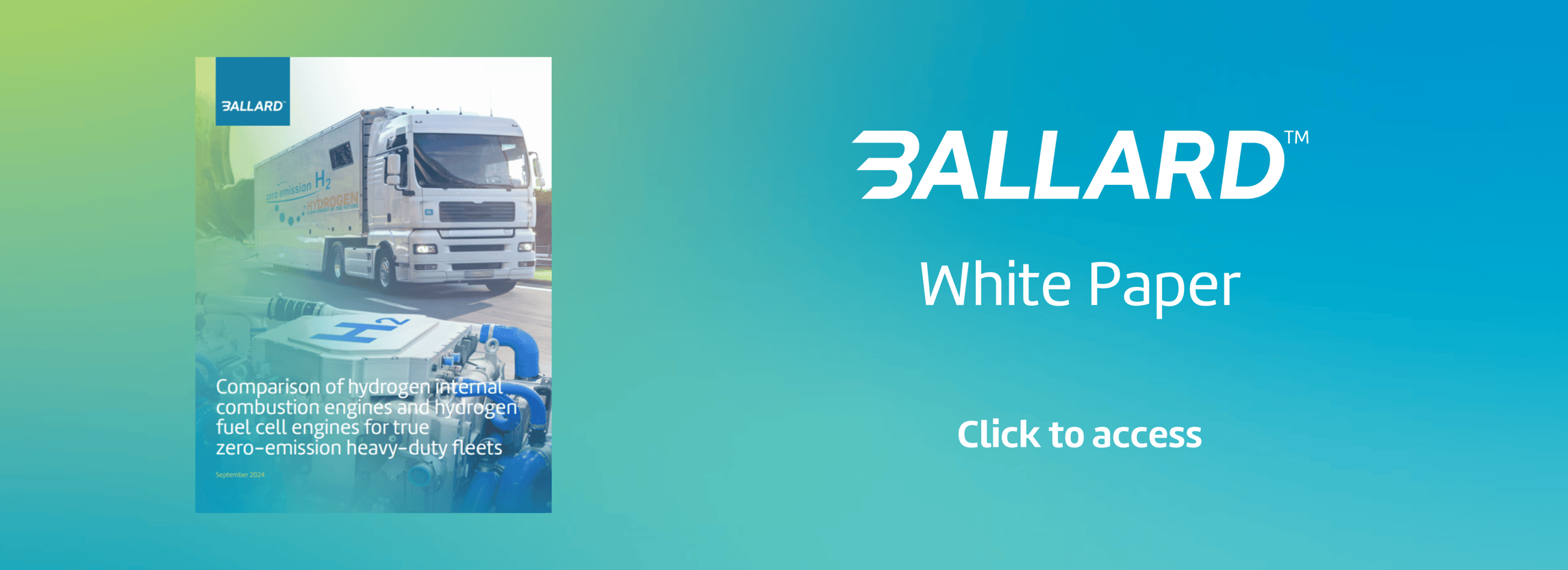The debate between the advantages of hydrogen internal combustion engines (H2ICE) versus hydrogen fuel cells in the field of heavy vehicles is not only about choosing the most advanced technology, but focusing resources on the technology with the greatest potential for convergence – with the future. proof – heavy transport requirements.
As the industry seeks commercially viable methods to meet decarbonization goals, the discussion comparing H2ICE to hydrogen fuel cells has emerged as a complex and multi-faceted one – both depending on the short-term vs. long-term view.
In a new paper, Ballard Power Systems examines and compares direct H2ICE and fuel cell engines, focusing on their future costs. Its aim is to provide a comprehensive analysis that supports decision-making about the most appropriate technology for road transport, freight and transport applications, taking into account the operational approach.
The crux of this issue is not only the technical strength of these two hydrogen-based solutions, but also their compatibility with the main goal of reducing carbon emissions in the most difficult and demanding sectors. Hydrogen, with its high energy content and no carbon content, presents a promising route to achieving zero emissions.
The H2ICE, on the other hand, is seen by some as a simple transition from conventional diesel engines, likely to use existing engine and powertrain designs. This perceived compatibility suggests lower up-front costs and easier integration for current car companies, but this may result in poor performance. Hydrogen fuel cell engines, on the other hand, are considered more efficient and cleaner in terms of emissions but are considered to require significant changes in vehicle design and large initial investment.
For road transport and logistics companies, which often operate in tight environments, fuel is a high operating cost. Fuel consumption – and therefore engine efficiency – is very important, especially for long-haul truck operators.
